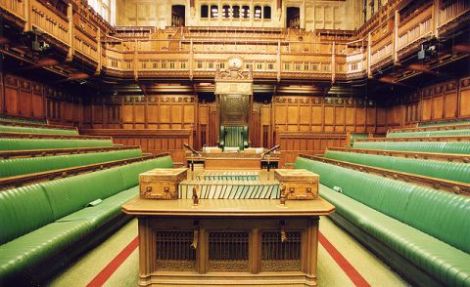Here’s what you need to know…
Prime Minister
The Prime Minister is an MP and head of the government. The leader of the party elected to govern the country in a general election automatically becomes Prime Minister (unless a coalition government is formed). The current Prime Minister is David Cameron, leader of the Conservative Party.
The Prime Minister chooses the other members of the government.
The Prime Minister used to be able to set the date for the next General Election. Since the passing of the Fixed Term Parliament Act 2011 this is no longer the case.
The Prime Minister answers questions every Wednesday in the House of Commons from midday to 12.30pm. Questions can come from any MP and on any subject.
Leader of the Opposition
There is a Leader of the Opposition in both the House of Commons and House of Lords. The leader of the largest opposition party holds this position, which for the Commons and Lords is currently the Labour Party.
Ed Miliband, leader of the Labour party, is the current Leader of the Opposition in the Commons. This role commands an additional salary to the parliamentary salary received as an MP. The Leader of the Opposition in the Commons picks a ‘Shadow Cabinet’ to follow the work of government departments.
Baroness Royall of Blaisdon is the Leader of the Opposition in the House of Lords.
Cabinet
The Cabinet consists of a maximum of twenty-two government ministers chosen by the Prime Minister. They can be Members of either House of Parliament. The Cabinet develop government policies and some members head government departments.
Shadow Cabinet
The Shadow Cabinet consists of MPs from the main opposition party in the House of Commons, currently the Labour party. Its role is to examine the work of each government department and policies developing in their specific areas.
